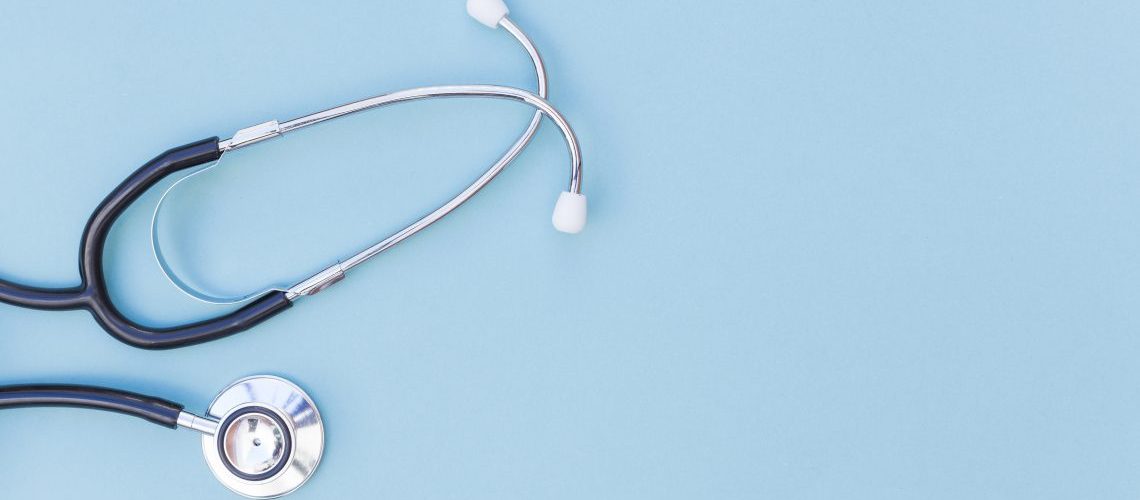In healthcare, the payment process differs from virtually all other industries in one significant way: patients do not pay for the bulk of the service received themselves because their insurance companies do.
American healthcare consumers have come to expect that their insurers will handle most billing issues with their medical providers. However, the responsibility has started to shift in recent years. Patients are increasingly paying more of their own medical costs due to rising health insurance deductibles and escalating out-of-pocket expenses. This year, for example, individuals with commercial insurance will be responsible for 20% to 35%of the cost of the healthcare they receive. For hospitals and health systems this means that 20% to 35% of their total revenue must now be collected directly from the consumer.
Individuals unfortunately tend to be less reliable payers than insurance companies, in terms of both time it takes to pay and amount they ultimately pay. The 2020 VisitPay Report found that 52% of patients expressed interest in paying their bills over time while 37% said an amount less than $100 each month is all they can afford. Not surprisingly, the higher the bill is the less likely it is that the patient will pay. TransUnion reported that 99% of bills that exceeded $3,000 were not paid in full.
This shift to the patient as payer has the potential to cause a significant amount of financial pain for all stakeholders. Healthcare organizations have historically relied on a one-size-fits-all billing approach. Today, that approach does not conform to the economic realities America’s patients are facing. For example, healthcare organizations generally require their patients to pay bills, regardless of the dollar amount, in full after they have provided medical services.
The lack of flexibility of payment plan options often forces patients into the uncomfortable decision of foregoing payment and risking the bills ending up in collections. Desperate to recapture lost revenues, some hospitals have resorted to suing patients over unpaid bills. However, this strategy is not sustainable and may generate additional problems associated with negative publicity and loss of reputation within the community.
Clearly, the healthcare industry is in need of a better approach to patient billing. The industry needs to better understand how to reach patients, how to make abundantly clear to patients what they owe, and to offer flexible payment options that meet each patient’s specific needs. These are key to both improving the patient experience and collecting payments.
Educating the patient
Unfortunately, patients often learn what they owe for care received once they receive a billing statement. Billing statements can be confusing for a number of reasons. It is not uncommon for multiple statements from different healthcare providers to be sent weeks after care is received. By then, it is generally too late for a patient to ask why a hospital stay or procedure cost what it did. The patient is only given the one option of paying the bill in full.
If healthcare providers would proactively deliver estimates and engage patients in discussions about available payment options before care is provided, they would understand their financial responsibility and could set up a payment plan that fits their budget. This would allow the patient to focus time and energy on recovery instead of worrying about how to pay the bill, which leads to a better patient experience.
Connect using better tools
Healthcare does not have a single demographic. For this reason, providers need multiple flexible ways to connect with their patients to improve patient payment rates. Paper statements are still the most commonly used tool; however, some people may respond better to an email, access to a self-service portal or a text message. When patients have self-service tools available, healthcare providers often receive payment faster.
Patients are also more likely to fulfill their payment obligations when provided with payment options they can choose from. The ability to pay varies from patient to patient which is why having multiple payment options can be financially beneficial to both the patient and the provider. It is even better when the healthcare system can personalize the payment options based on proven frameworks based on data to include patient ability to pay, services performed, and a variety of other factors.
Now is the time for healthcare providers to adapt to the changing needs of their patients by offering flexible payment options and multiple payment channels. These changes will prove beneficial to both the healthcare providers and patients alike.
——————————————————
Photo courtesy of: Payments Journal
Originally Published On: Payments Journal
Follow Medical Coding Pro on Twitter: www.Twitter.com/CodingPro1
Like Us On Facebook: www.Facebook.com/MedicalCodingPro







